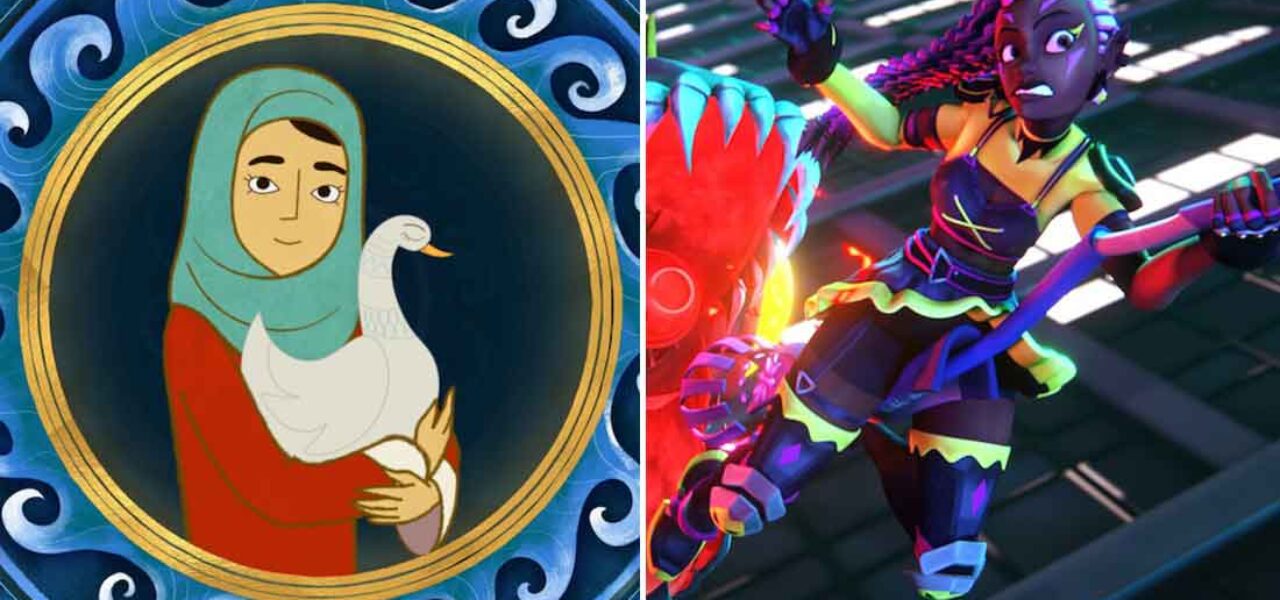
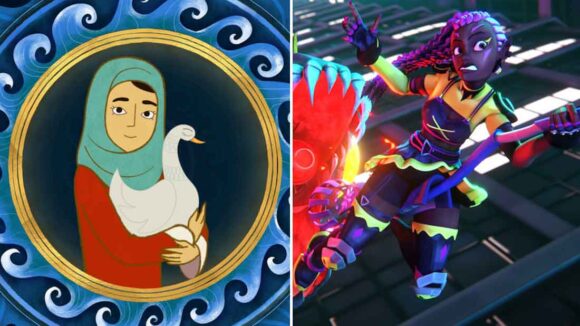
SCAD Alumni Share Valuable Industry Advice At AnimationFest 2021
“Simple is good,” said SCAD alum and DreamWorks effects artist Jinguang Huang (M.A., visual effects, 2017) during a panel at SCAD AnimationFest 2021 about the making of The Boss Baby: Family Business.
Huang’s motto may seem at odds with the scale and scope of an animated blockbuster from a major studio. (Since its release in July, The Boss Baby: Family Business has raked in $113 million internationally at the box office.) Yet as Huang said: “When I’m working on the shot, the main thing is to help the storytelling and to direct where the audience is going to look.”
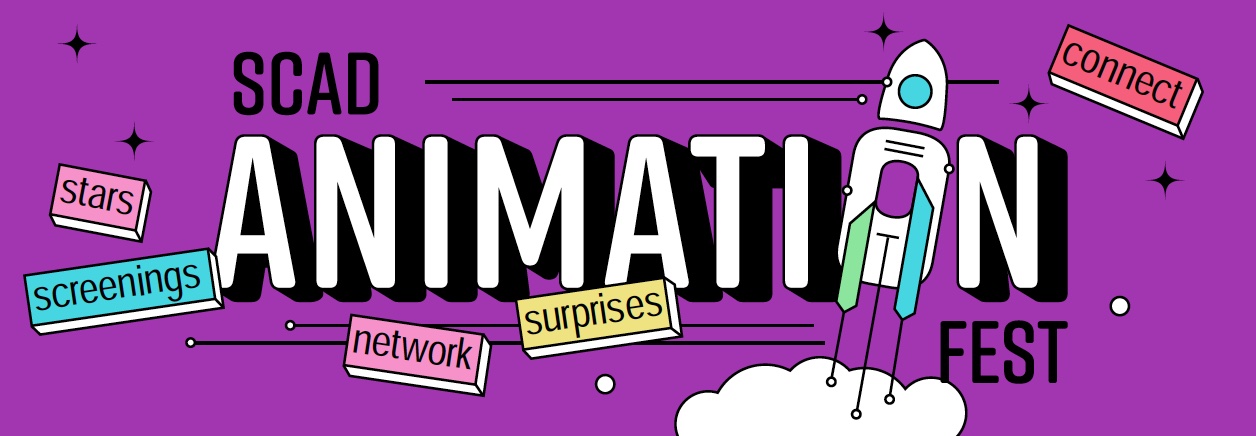
SCAD AnimationFest 2021, held on September 23–25, was an all-virtual iteration of Savannah College of Art and Design’s annual festival devoted to animation, alongside related disciplines including vfx, motion media design, dramatic writing, and sound design. The signature festival featured three days of screenings, presentations, and panels, as well as a showcase of animation excellence in student work. The event offered global access to artists and industry leaders from Nickelodeon, Fox Animation, Bento Box, Disney+, Paramount+, and Stoopid Buddy Stoodios. Advice proved plentiful.
What became clear is that the impulse for animation students to “go big” as a way of impressing potential employers is not a sustainable strategy. Throughout the three days, panelists repeatedly put the emphasis on collaboration, communication, and focusing on the immediate task at hand.
SCAD alum Jason Mayer (M.F.A., computer art, 2003), currently head of effects at DreamWorks, said:
One of the things I would urge all of the people, especially students, [is to focus on] the scale of what you’re trying to do. When I was a student, it was always, “I’ve got this epic that I want to tell and I’m going to do it all myself!
The reality when you get [into the industry] is you have experts who’ve spent their whole lives working on each individual aspect of a project, and that’s how these movies come together. Each person is putting that expertise in, and there’s no one person who is going to be an expert in all of these things. So, scaling down and figuring out exactly what you want to do, like, “You know what, if I’m going to be an effects artist, I’m going to make sure that I can do a perfect burning torch.”
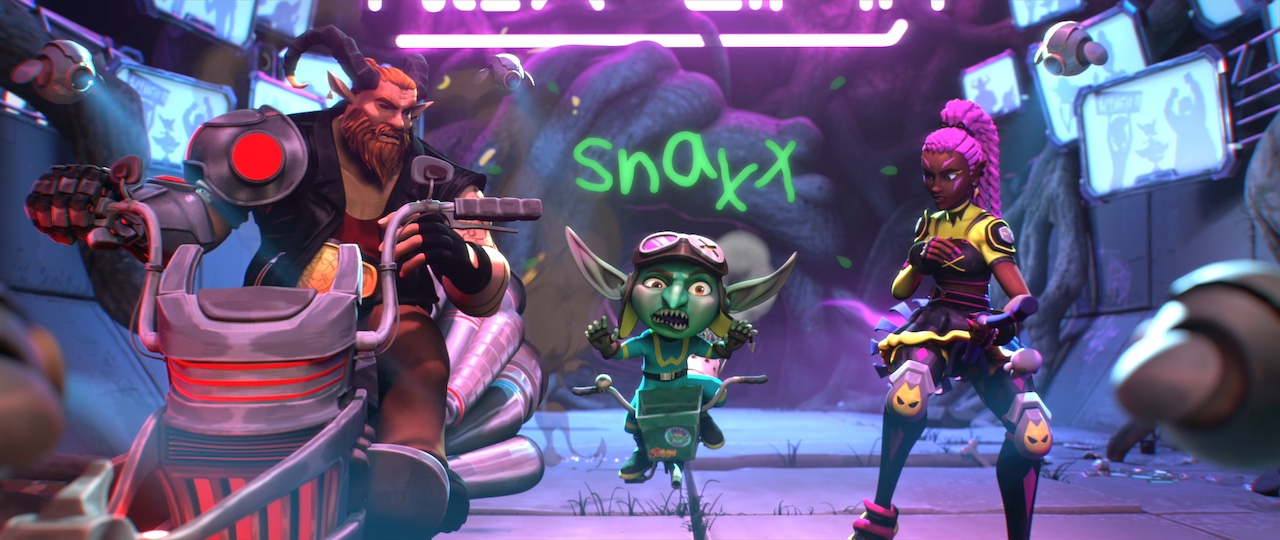

Burning torches just happened to feature prominently in Hex Limit, the new student-made animated film that had its own dedicated AnimationFest panel. Hex Limit producer and SCAD animation student Dejanna Price spoke about working last year on Bearly, the debut project from SCAD Animation Studios: “I learned so much from Cameron Brown, which meant that when we started working on Hex Limit, I felt prepared as a producer.” (Brown, a Southeast Student Emmy Award winner who graduated from SCAD in spring 2021, currently works in the production department at Disney Television Animation.)
Price continued: “On Hex Limit we were working virtually, so to keep everyone active and engaged, we used Zoom, Slack, Discord, and sent text messages — everything we could get our hands on, because everyone was all over the world.”
Price was joined on the panel by Hex Limit director Jordan Fleming, who said:
I’m primarily a story artist, so watching and hearing our different leads communicate, and hearing how certain programs work and the coding involved, was important. A major reason why the process of creating Hex Limit went so well was because we were able to integrate and utilize all the knowledge from students who’d taken different classes in different degree programs. That brought us to the point of collaborating where we could use all those skills together.
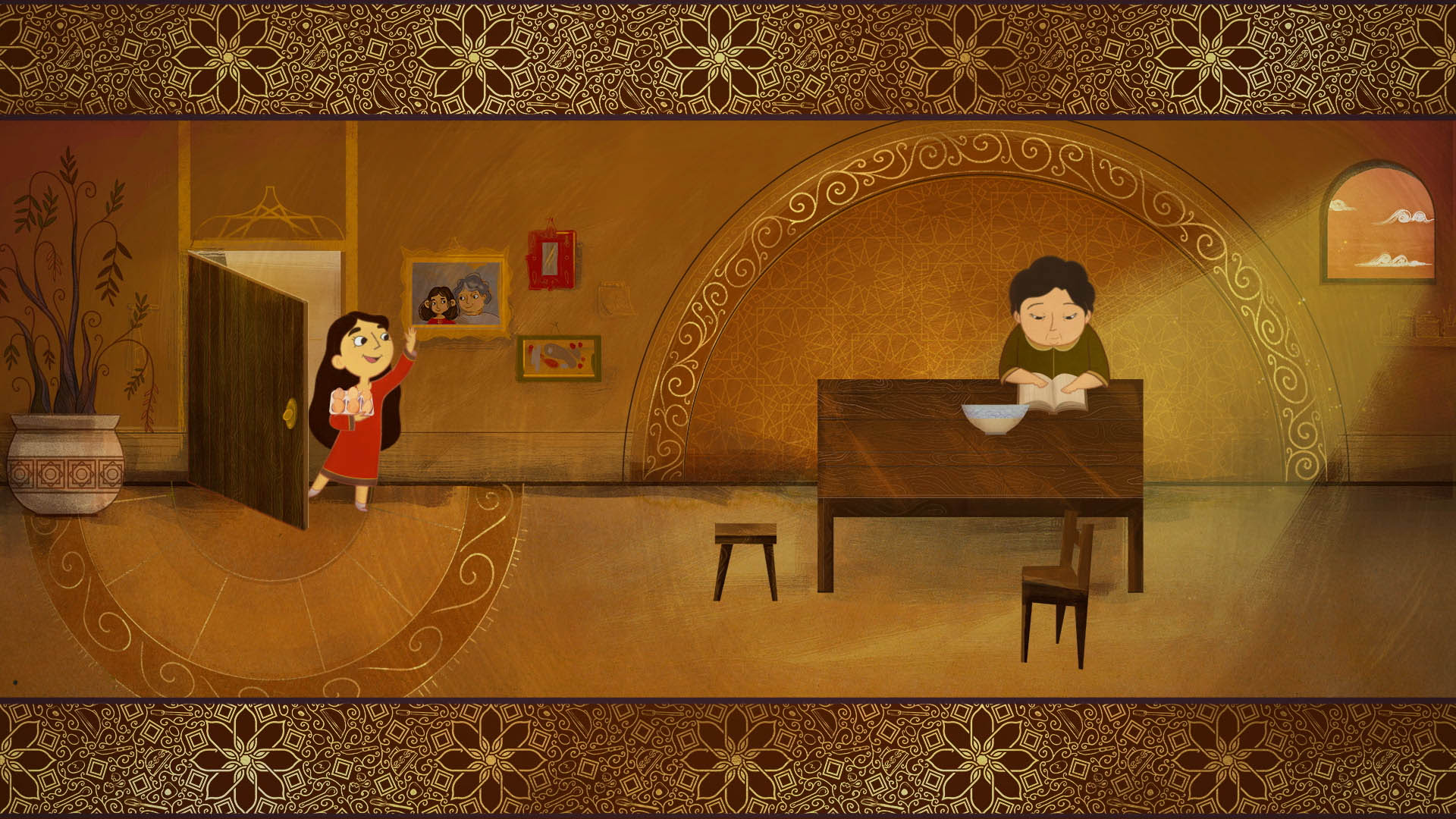
Another student animated short, The Ocean Duck, also had its own devoted panel during AnimationFest. Produced and directed by Huda Razzak (M.F.A., animation, 2021), and inspired by Rumi’s 13th-century epic poem the Masnavi, The Ocean Duck was anatomized by its creative team. They included co-director and animation supervisor My Anh Ngo (M.F.A., animation, 2021), and SCAD associate chair of animation Matthew Maloney, who said:
The Ocean Duck is a transcendent film because the production team had no allegiances to any one tool. It’s something we talk about in class: whichever tool creates the least obstruction between the idea in their heads and the film itself, use it. As students, they study cutting-edge master controller techniques, but first and foremost, they are storytellers.
“We ended up exploring a lot of different ways to achieve the vision of the film,” Razzak remarked. “It’s not a traditionally drawn 2d film. The main character Heba as well as the chickens are all rigged, while everyone else is hand-drawn. It made our process more efficient, and enabled us to finish on time.” (Immediately following AnimationFest, Razzak announced that The Ocean Duck had been officially selected by both Austin Film Festival and Chicago International Children’s Film Festival.)
The festival’s main takeaway, apparent in both the student panels and the advice given by superstar alumni, was the value of carrying lessons learned during their SCAD undergraduate and graduate experiences.
DreamWorks Animation effects artist Jim Koonce (B.F.A., visual effects, 2016), who also worked on The Boss Baby: Family Business, put it:
As effects artists, we tend to want to create these awesome systems and setups — you want to make it more robust so anybody could open the file and click one button and make it work. Sometimes it’s just easier to just do some simple fix — just keyframe something on and off. You don’t need some setup that interpolates distance and uses matrix math to figure out some rotation between two different scales. Sometimes it’s easier to just turn something on and off and get the shot done. It’s good to be simplified where you can.

.png)